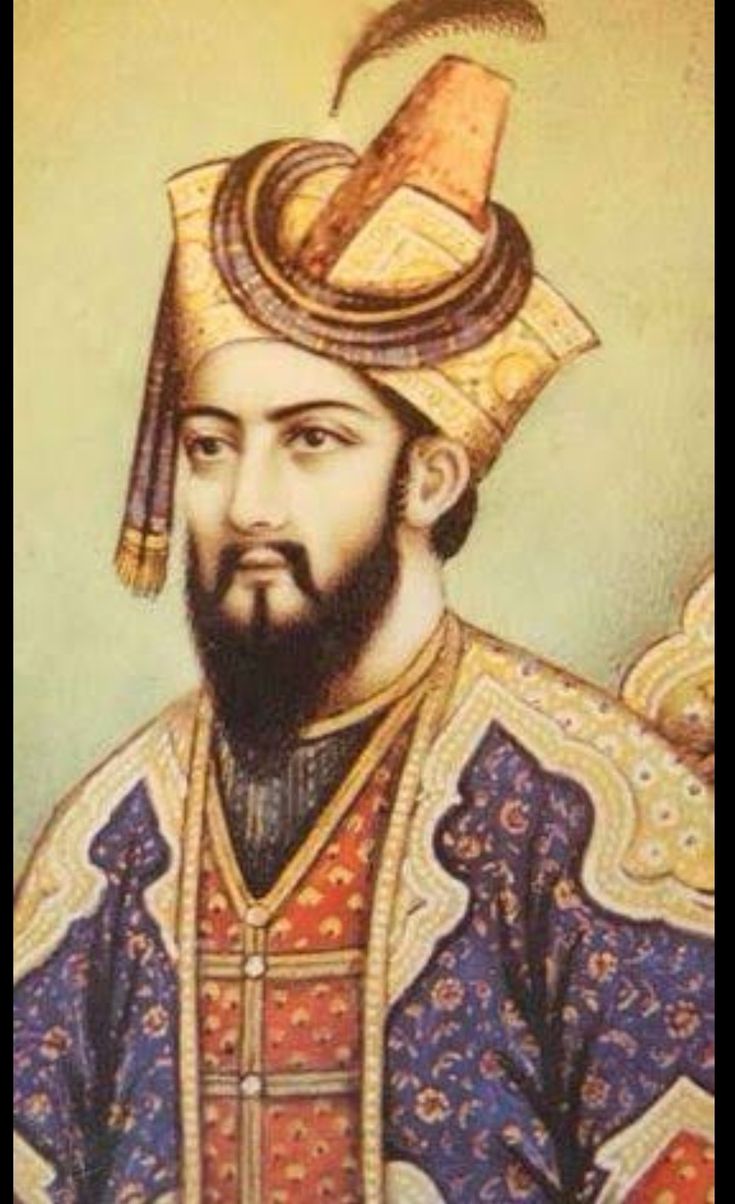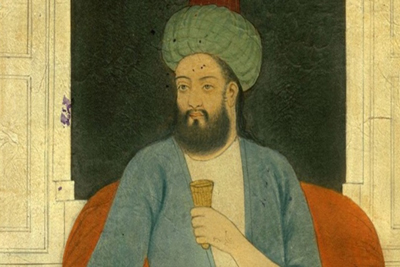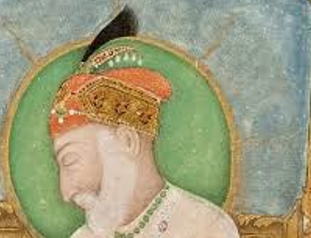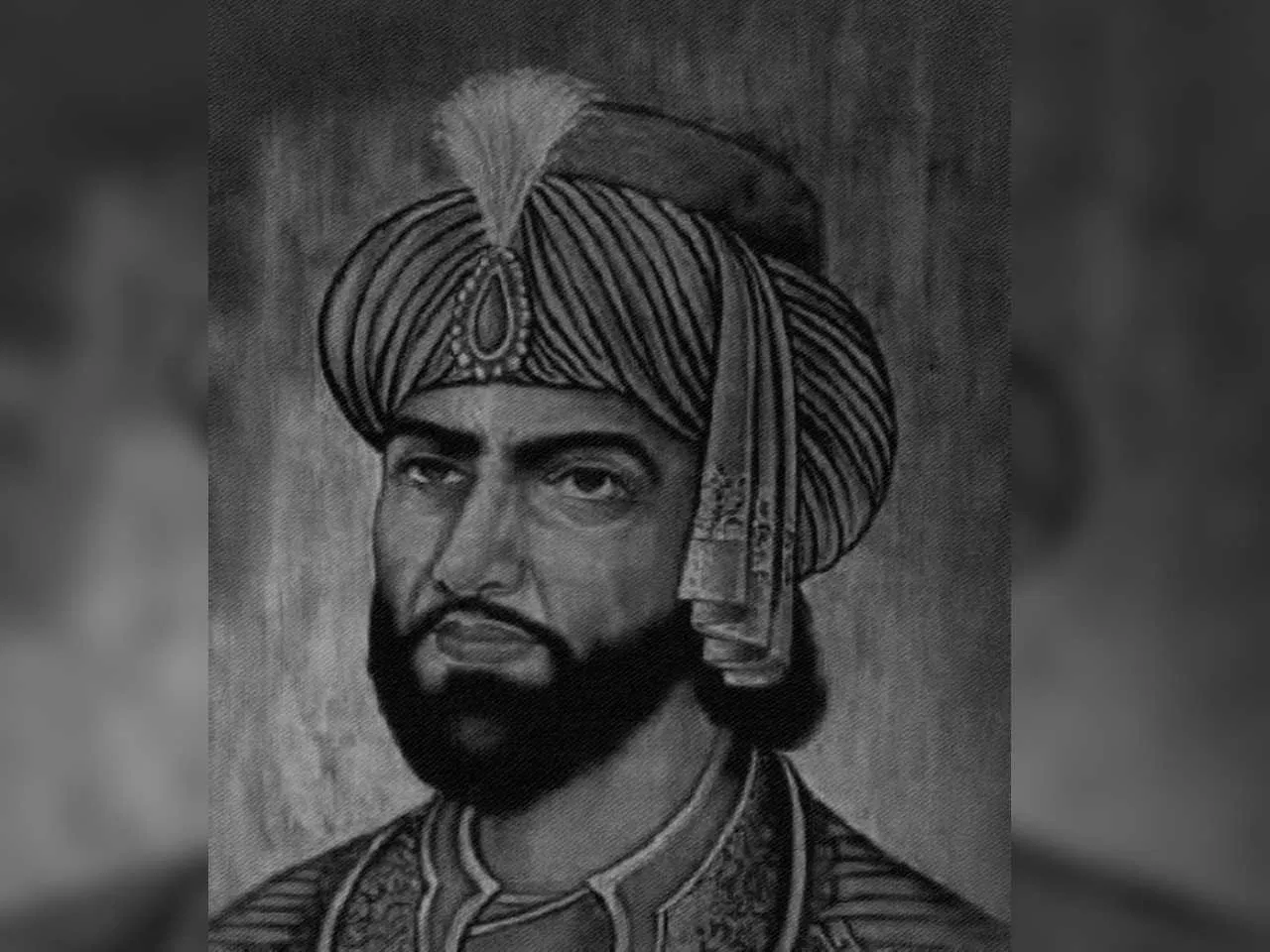
Nasir al din Nusrat Shah
Coins
Nāsir ad-Dīn Naṣrat Shāh, also known as Nusrat Shah, was the second Sultan of Bengal from the Hussain Shahi dynasty, ruling from 1519 to 1533. He was the son of Alauddin Husain Shah and continued his father's expansionist policies, adding more territories to the sultanate. However, his reign was marked by challenges from the Mughal Empire, particularly after the Battle of Ghaghra in 1529, where he faced reverses and had to cede territory west of the Gandak to Babur. Initially, Nusrat Shah provided refuge to defeated Afghans but declared neutrality to avoid conflict with the Mughals. He issued high-quality coins in gold and silver, which are notable for their octagonal and round shapes. Nusrat Shah's reign is considered part of the "golden age" of the Bengal Sultanate, but it also marked the beginning of its decline. Images of Nusrat Shah himself are not widely available, but his coins are well-documented and can be found in numismatic collections.

Sikander Shah
Coins
Sikandar Shah was a ruler of the Bengal Sultanate, reigning from 1435 to 1442. He was a member of the Ilyas Shahi dynasty and is known for his efforts to consolidate power in Bengal and stabilize the region. During his reign, Sikandar Shah focused on administrative reforms and strengthening the economy. He worked to enhance agricultural productivity and improve trade relations, contributing to the prosperity of Bengal. His rule is also noted for the patronage of arts and culture, as he encouraged scholars and poets. Sikandar Shah faced challenges from local chieftains and rival factions, but he managed to maintain control over his territory. His reign laid the groundwork for the subsequent rulers of the Bengal Sultanate and helped establish Bengal as an important cultural and political center in medieval India.

Shah Alam II
Coins
Shah Alam II, who ruled from 1707 to 1712 and later from 1732 to 1759, was a Mughal emperor during a time when the Bengal region was experiencing significant changes. His reign marked the decline of Mughal power and the rise of regional powers, including the Bengal Nawabs. During Shah Alam II's time, Bengal was under the control of powerful governors, known as Nawabs, who often acted independently. Notable figures such as Nawab Murshid Quli Khan played crucial roles in administering the region and maintaining its economic prosperity. The Nawabs of Bengal began to assert their autonomy, leading to tensions with the Mughal court. Shah Alam II's authority in Bengal waned as the British East India Company grew in influence, especially after the Battle of Plassey in 1757. This shift further diminished Mughal control and set the stage for British colonial dominance in the region. Despite these challenges, Shah Alam II is remembered for his attempts to restore Mughal authority in the face of rising regional powers.

Ghiyath al-Din Bahadur Shah
Coins
Ghiyath al-Din Bahadur Shah (ruled 1322–1328) was a prominent figure in the Bengal Sultanate during the early 14th century, known for his attempts to assert independence from the Delhi Sultanate. Lineage: Son of Sultan Shamsuddin Firuz Shah of the Bengal Sultanate\'s Lakhnauti kingdom. Early Rule: Issued coins jointly with his father as early as 1310–1313 CE, indicating shared authority during Firuz Shah\'s reign. Succession: Ascended the throne in 1322 after his father\'s death, eliminating rival brothers to consolidate power.
